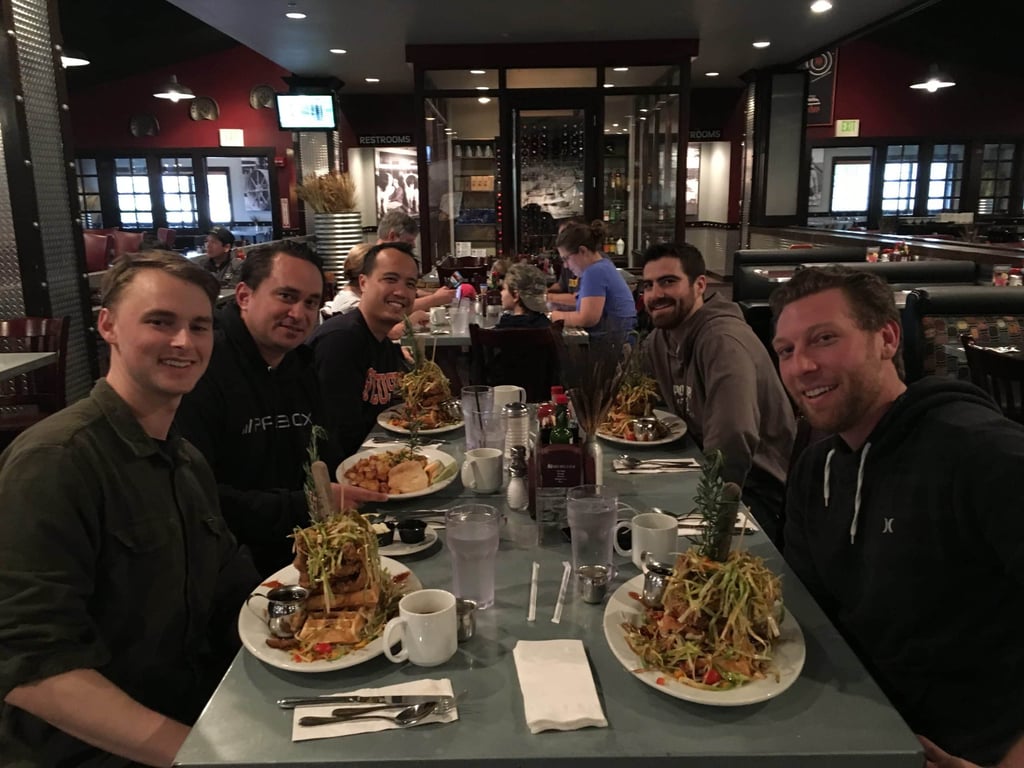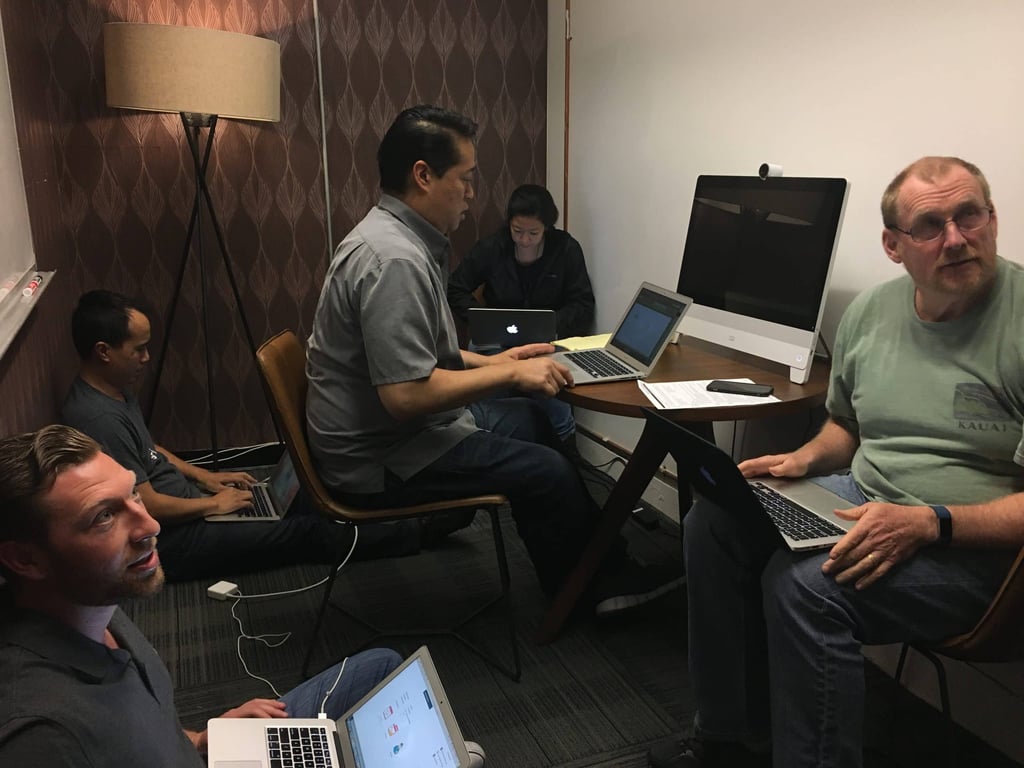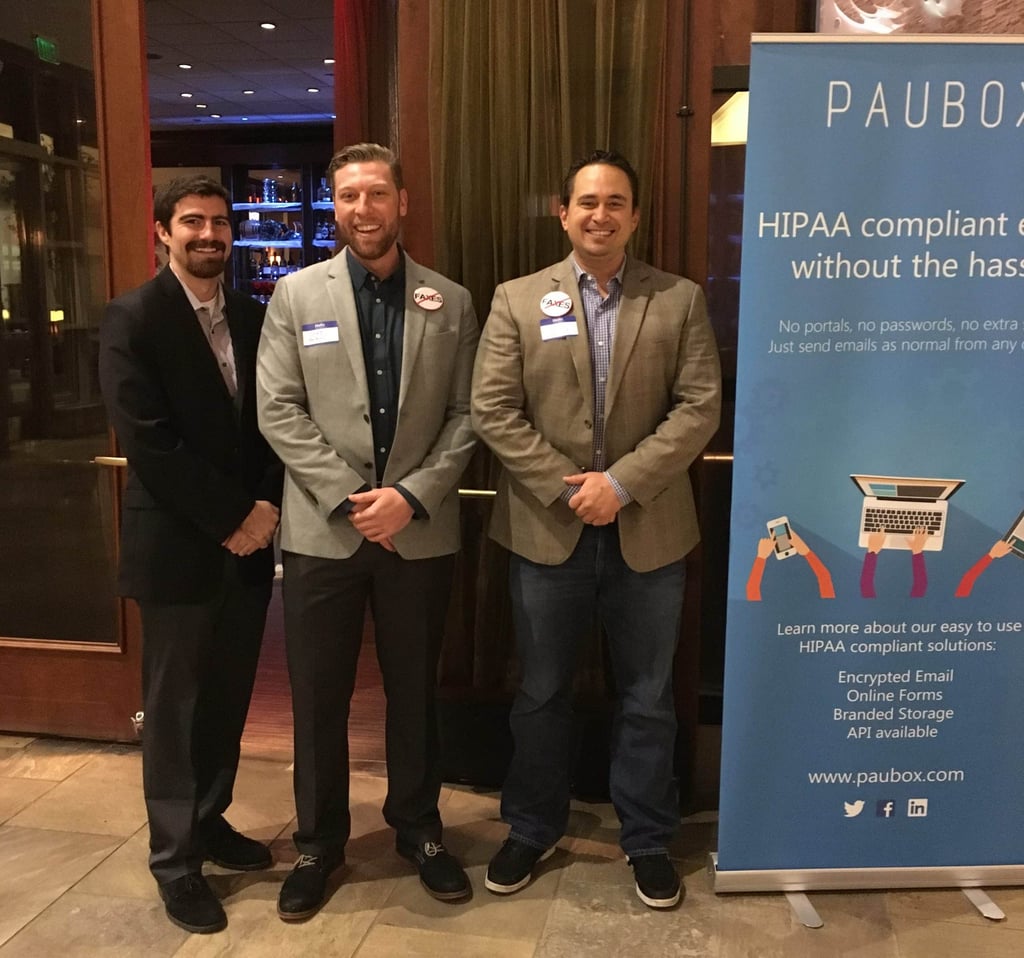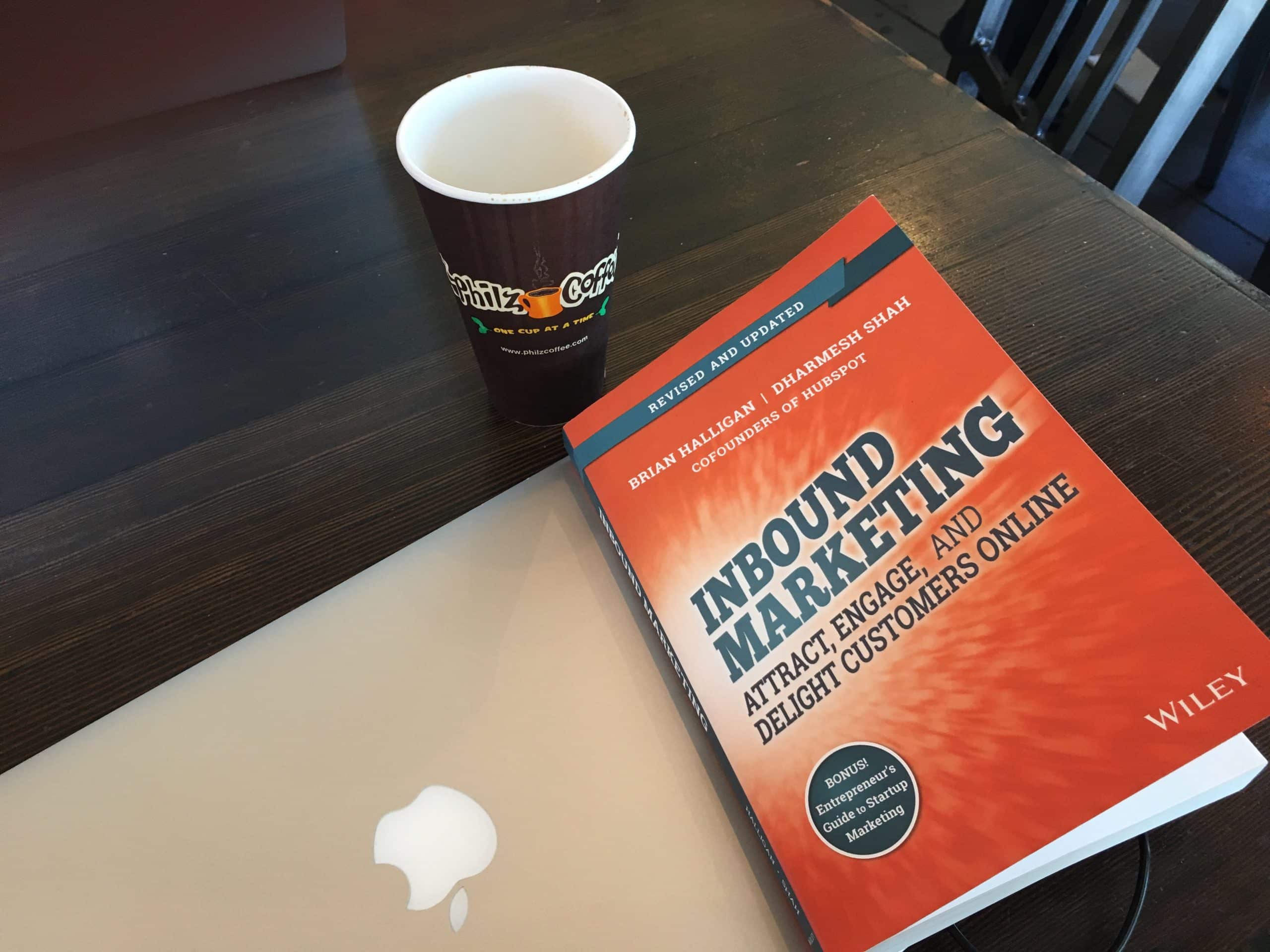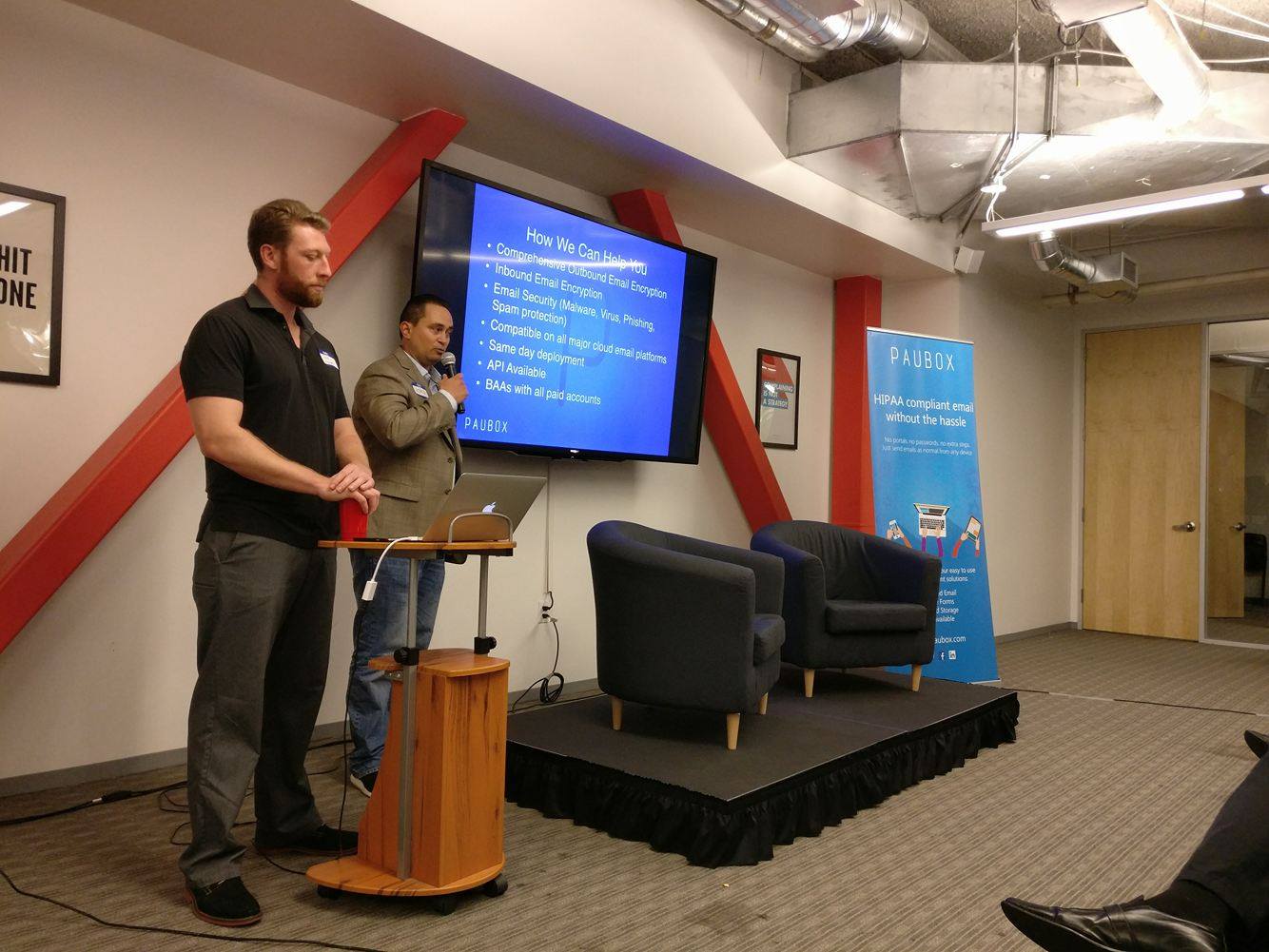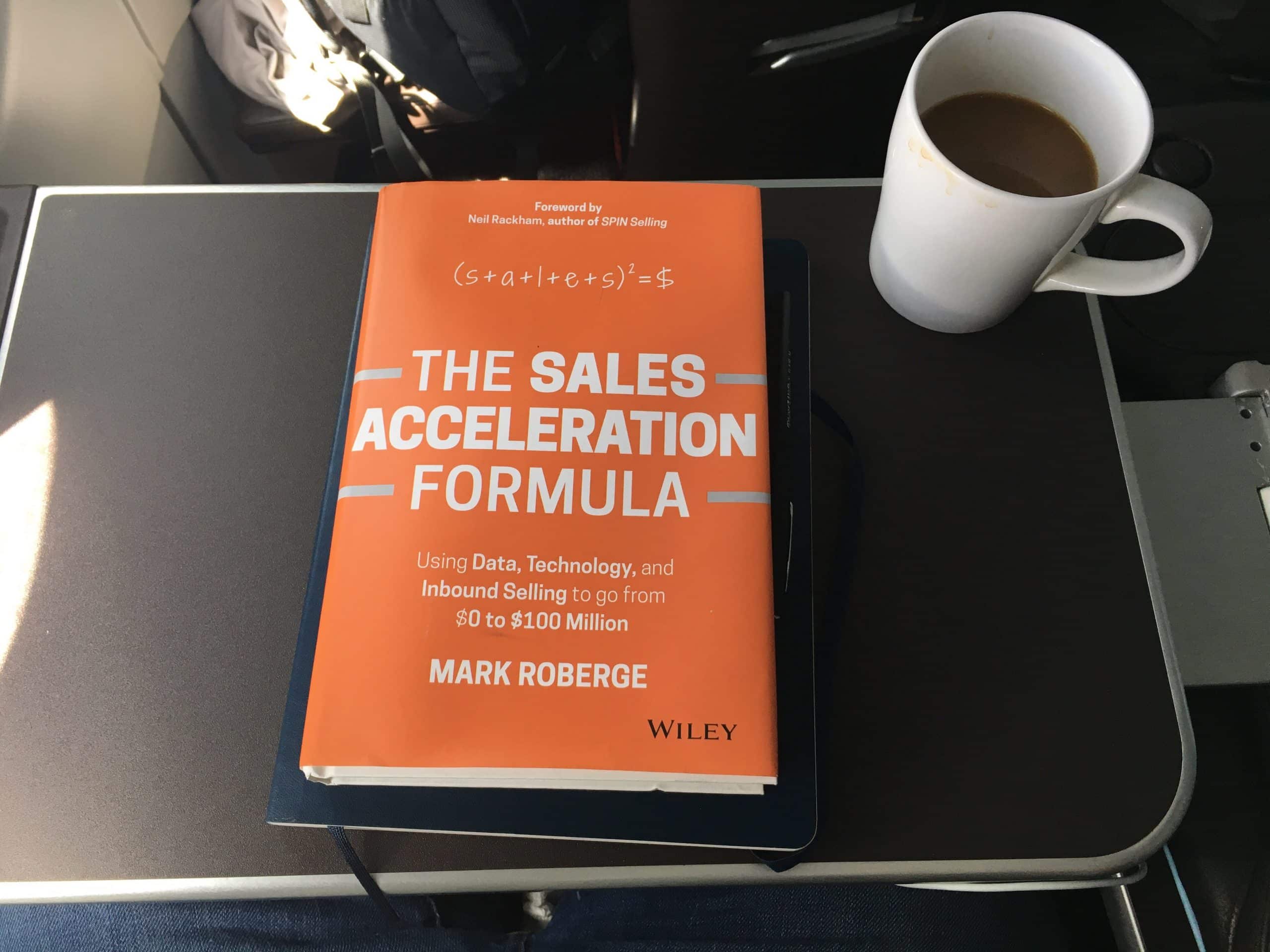
I read The Sales Acceleration Formula by Mark Roberge on a recent flight from SF to Honolulu. Mark was the SVP of global sales and services at Hubspot and its fourth employee. He scaled the company's annual revenues from $0 to $100M in seven years. To top it off, he joined the team with zero sales experience (he was formerly a quant). Wow. I heard about Mark's book by reading From Impossible to Inevitable.
SEE ALSO: From Impossible to Inevitable: Chapters 1 – 8
SEE ALSO: Inbound Marketing (Revised and Updated): Our Takeaways
The Sales Acceleration Formula revolves around a central theme: "Scalable, predictable revenue growth." As such, Mark breaks down the book into five parts. Below are my takeaways from each.
Part I: The Sales Hiring Formula
Westside Oahu as my flight approached HNL airport
In Part I, Mark uncovers what he found to be characteristics of a successful salesperson at Hubspot. Their traits were:
- Coachability
- Curiosity
- Prior Success
- Intelligence
- Work Ethic
I can empathize with each of those traits and I think we can also modify our sales hiring playbook to seek these out. Of the five, coachability was the trait that got the highest weight score.
Here are my other takeaways from Part I:
- "Great salespeople are naturally curious."
- "Great salespeople never have to apply for a job."
- Hire candidates that can both absorb and apply coaching quickly.
- "Don't hire a recruiting agency. Don't build a corporate recruiting team. Build a recruiting agency within your corporation."
- LinkedIn is a great source for finding strong passive sales candidates.
- Forced Referrals work very well, especially when scaling your team.
- "World-class sales hiring is the biggest lever of sales success."
- Industry connections are overrated in most sales hiring contexts.
Part II: The Sales Training Formula
Paubox Sales team in Orlando earlier this year
Part II focused on creating a predictable sales training program for a B2B SaaS startup. I thought the information was highly useful and immediately applicable.
Here are some of my takeaways from Part II:
- Having new sales hires shadow a top performer is not a scalable or predictable solution.
- There are three aspects of a well-designed sales methodology: The buyer journey, the sales process and the qualifying matrix.
- "The sales process supports the customer along his buying journey."
- BANT is old school but is a decent place to start.
- Once you have a sales methodology in place, developing a training curriculum is straightforward.
- As the sales team grows, have top salespeople teach training classes (especially if it falls into their core strength).
- Add exams and certifications to sales training criteria.
- The sales training formula needs to be constantly evolving. It must react to changes in the business.
- Sales training scores can be an even better predictor of success than the sales hiring scores.
- "The best-trained salespeople have experienced the day-to-day job of their potential customers."
- "Once the salesperson truly understands the day-to-day job of the buyer, the salesperson can then effectively relate to the buyer." (Feel the customers' pain!)
- Social media presents an opportunity for salespeople to be regarded as trusted advisors by their buyers.
- Bloggers love comments.
- Salespeople should allocate their time to social media participation.
Part III: The Management Formula
Team Paubox doing its thing in a cramped conference room
I relished how Chapter 7 (Part III) started off: "Maximizing sales managers' time spent on coaching is one of the most effective levers to drive sales producitivity."
As such, here are my takeaways from Part III:
- High performance sales managers identify the one skill that will have the biggest impact on a salesperson's performance and then customize a plan around developing it.
- Metrics-driven coaching.
- Role playing and recording sales calls are two solid coaching tactics.
- Why does the prospect need our solution today? What will be the implications if they don't buy today? Six months from now, if the problems we solve are not solved, what happens then?
- Peeling back the onion is key in metrics-driven coaching.
- "How can we use deeper metrics to peel back the onion and properly diagnose the skill deficiency?"
- "The sales compensation plan drives the results of the business." (Agreed)
- Ideally, sales comp plans should be simple, aligned, and immediate.
- Create a Salesperson Promotion Tier (Agreed).
- Promotion tiers are great for company culture.
- Sales contests are great for short-term, focused goals.
- Sales contest updates should be sent daily.
- Monthly sales contests are ideal.
- Do not overlap sales contests.
- Sales leadership candidates have a well-rounded grasp of the entire sales methodology.
- Leadership potential is demonstrated via a person's contributions to the team.
- "Managers need to teach salespeople how to get themselves out of trouble and stay productive without too much hand-holding."
- Pick a deficiency in a salesperson's process, coach them on it, then check in the next day. If the salesperson does not apply the coaching, that is a red flag. It's probably best for both parties to part ways.
Part IV: The Demand Generation Formula
Paubox Sales Team in Boston last year
Part IV focused on Inbound selling, which I believe we are doing pretty well at Paubox. I disagree however, with Mark's statement on page 112: "Outbound marketing just doesn't work anymore." That is not the result we are seeing within our company.
Other takeaways included:
- Google does factor social media influence into its rankings (did not know that).
- Have your sales team participate in social media discussions where your prospects are.
- Consider hiring a journalist to join your startup as a content creator.
- Use each salesperson's "Sent" folder as a blog source. Look for canned email replies to common questions (clever).
- As a rule of thumb: 1/3 of social media message about your company and 2/3 about other people.
- The Long tail can often be more valuable that the head (The Area Under the Curve).
- Buyer Persona/Buyer Journey Matrix.
- The going negative voicemail has the higheset callback rate.
- PCR is also championed, just under a different term: Put Marketing on a revenue quota.
- A lead that is called within minutes vs hours or days converts to a customer at exponentially higher rates (agreed!)
- 5 followup calls for SMB; 8 for mid-market; 12 for enterprise.
- "Do Not Be on It" dashboard.
Part V: Technology and Experimentation
 Finishing the book on the way back to SFO
Finishing the book on the way back to SFO
My biggest takeaways from Part V were:
- In order to get a dashboard and reports that sales managers love, most sales tech creates extra work for frontline salespeople.
- "Great teams have a core philosophy of continual improvement."
- We should be driving home a culture of doing experiments.
- Have top performers run experiments so that you can uncover true negatives.
Subscribe to Paubox Weekly
Every Friday we'll bring you the most important news from Paubox. Our aim is to make you smarter, faster.

 Hoala Greevy
Hoala Greevy

